Results
-
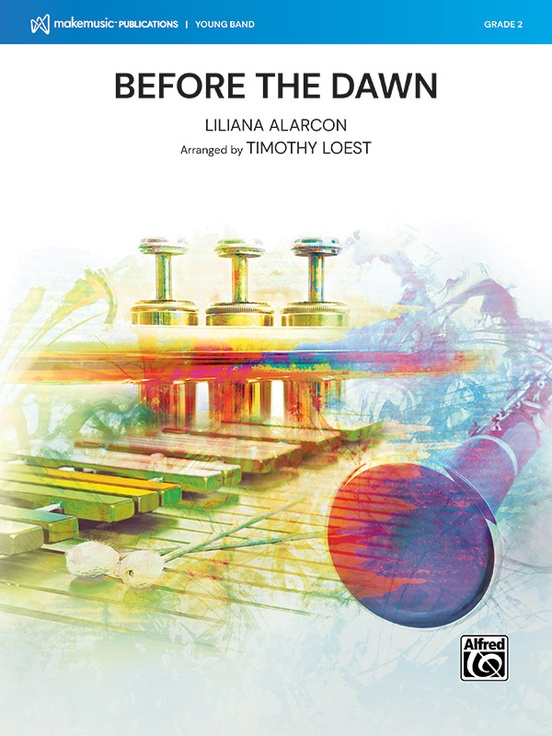 £62.95
£62.95Before the Dawn - Liliana Alarcon / arr. Timothy Loest
Inspire your students with music created by one of their peers! Seventh-grade composer Liliana Alarcon wrote , and arranger Timothy Loest collaborated with her on this dreamy work that opens with reflective dissonance and then shifts to pure sonic joy. A simple piano part, doubled on vibraphone, adds to the ethereal soundscape. Uplifting! (2:45)
Estimated dispatch 3-5 working days
-
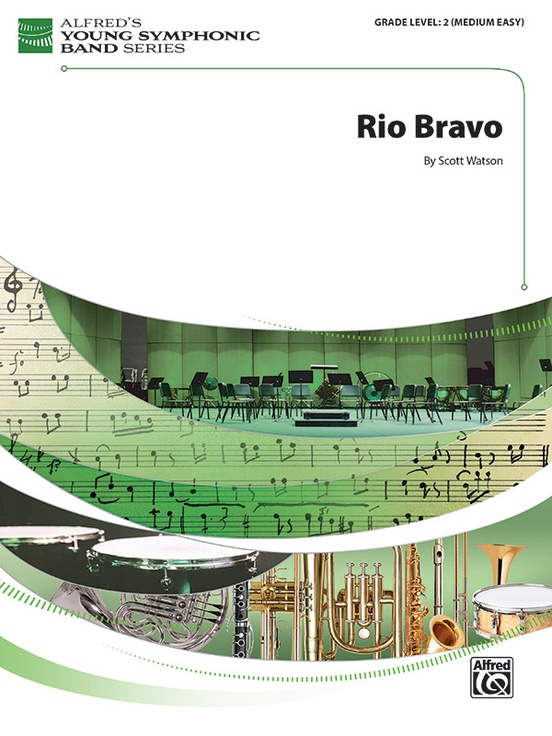 £66.95
£66.95Rio Bravo - Scott Watson
draws on artifacts of iconic western film music to portray the rugged landscape surrounding one of the longest, most fabled rivers in North America. The challenging, arid region along the "brave river" that divides Mexico from the southwestern United States---depicted in many a song and story---is characterized by mountains, canyons, and desert plains. The river, known north of the border as the Rio Grande, has called to itself settlers, cattle drivers, gunslingers, and outlaws. transports listeners to a time and place where legends of the Old West were made! (3:00)
Estimated dispatch 3-5 working days
-
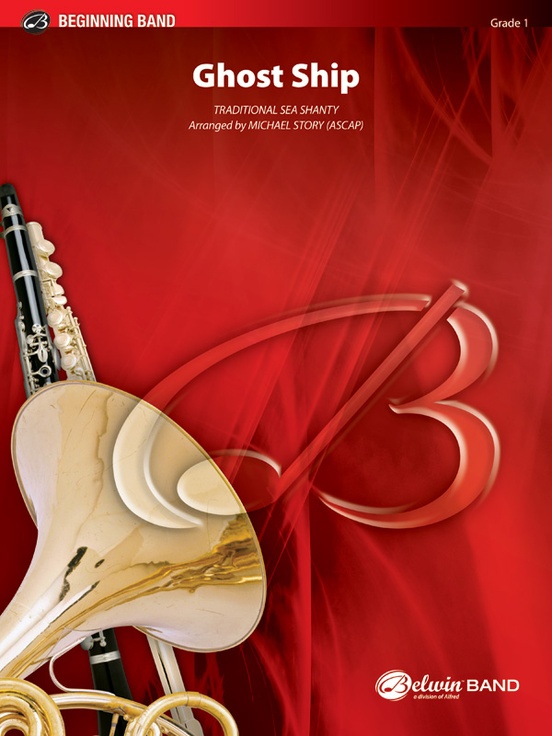 £54.95
£54.95Ghost Ship - Michael Story
Inspired by the merchant ship Mary Celeste that set sail from New York City in early November of 1872, bound for Genoa, Italy. The ship never reached its destination and, to this day, no one knows for sure why. This original composition will fill your beginners' imagination with some chilling effects. Highly recommended! This title is available in MakeMusic Cloud.
Estimated dispatch 3-5 working days
-
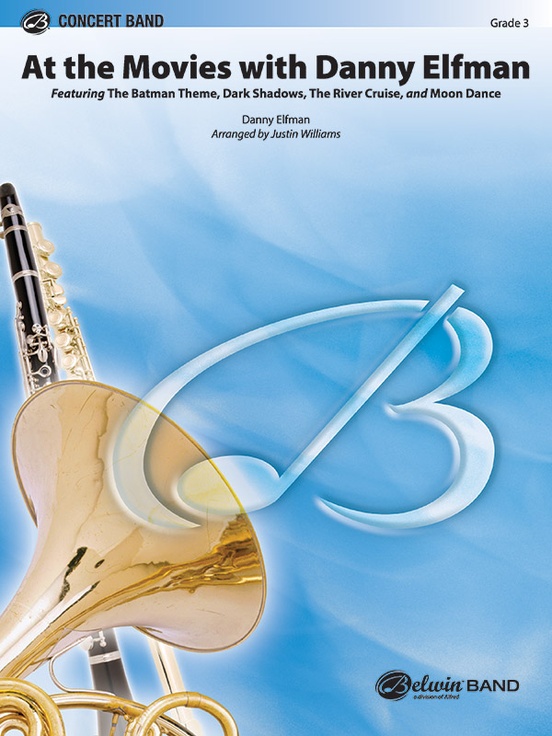 £76.95
£76.95At the Movies with Danny Elfman
This collection contains selections of his "Elfman-esque" moods from , and , surrounded by one of Elfman's most popular melodies from the 1989 Batman film. (3:45) This title is available in MakeMusic Cloud.
Estimated dispatch 3-5 working days
-
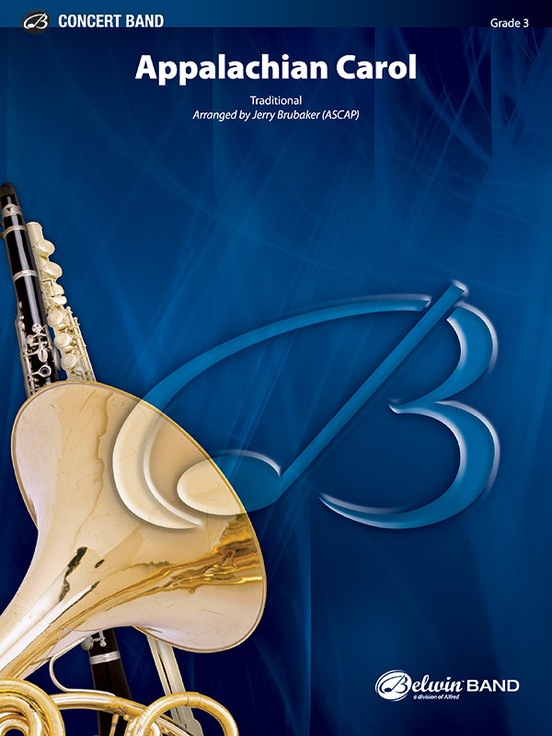 £64.50
£64.50Appalachian Carol
This lovely American carol was believed to have originated in Southern Appalachia in the early 1900s. It is a beautiful lullaby with a simple melody and lush harmonies. Jerry Brubaker's compelling countermelodies combined with his contemporary flair enhance this somewhat traditional carol. Easy rhythms and sensible ranges make this a snap to prepare and a perfect choice for your concert band holiday program. Don't pass this one by. (3:51)
Estimated dispatch 3-5 working days
-
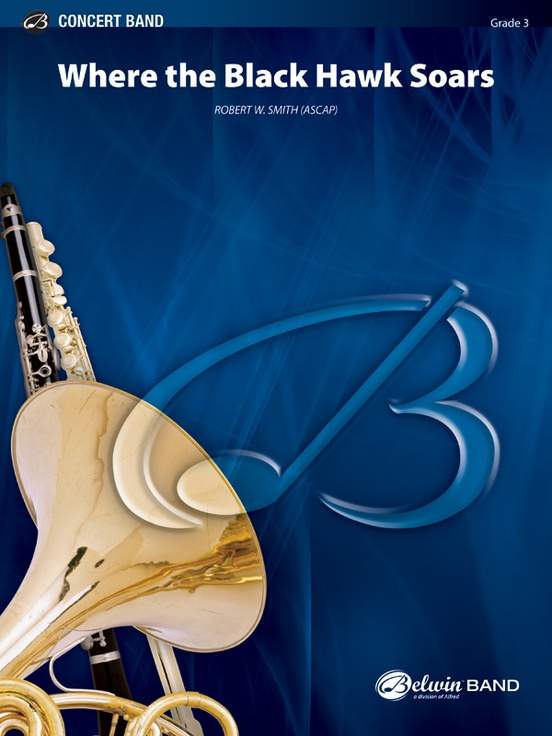 £70.50
£70.50Where the Black Hawk Soars - Robert W. Smith
After a majestic fanfare, a soaring melodic line appears, reminiscent of the flight of a hawk. With limitless freedom, the winged creature is master of all it surveys. The presence of the wind can be detected throughout as it carries our musical subject to new heights. A major new work by one of our generation's most successful composers. (5:55) This title is available in MakeMusic Cloud.
Estimated dispatch 3-5 working days
-
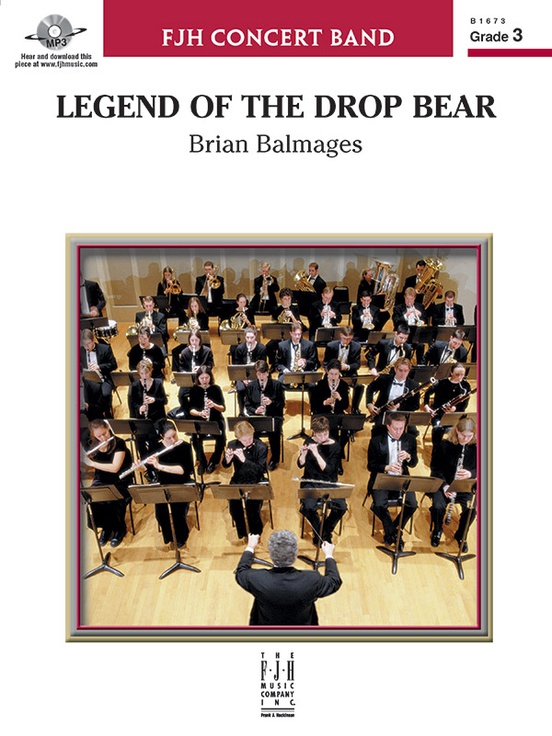 £66.95
£66.95Legend of the Drop Bear - Brian Balmages
Inspired by a trip to Australia, Balmages composed this programmatic work in honor of the fictitious, yet wildly popular drop bear. The ominous opening portrays the eerie feeling of walking about, not knowing if one of these horrific creatures will drop out of a tree and attack. Achievable aleatoric sounds add to the mystery as the drop bear finally reveals itself and panic ensues. Extremely creative and engaging!
Estimated dispatch 3-5 working days
-
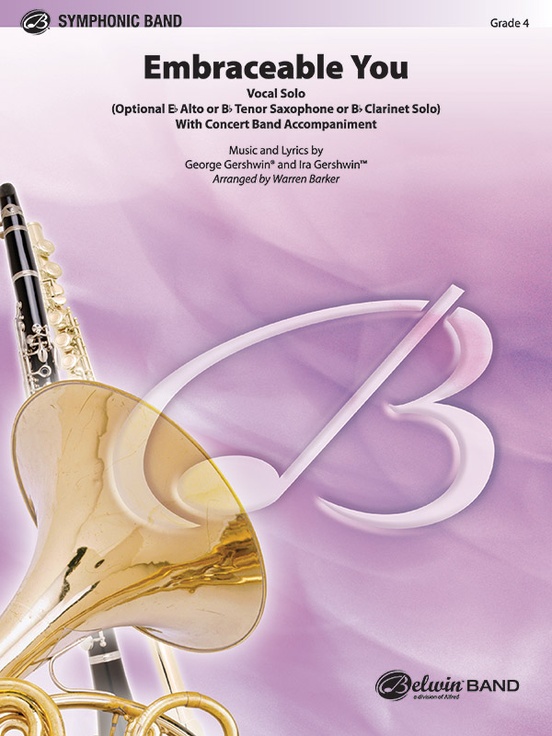 £84.50
£84.50Embraceable You - George Gershwin and Ira Gershwin / arr. Warren Barker
A precious few melodies written each year become standards, tunes that become so much a fabric of our lives that they live on generation after generation. Here is one of the classics from the brothers Gershwin, George and Ira. For your vocal soloist (or optional E-flat or B-flat instrumentalists), this marvelous melody from the Broadway Musical will be recognized and enjoyed by your entire audience. An absolute winner! (3:18)
Estimated dispatch 3-5 working days
-
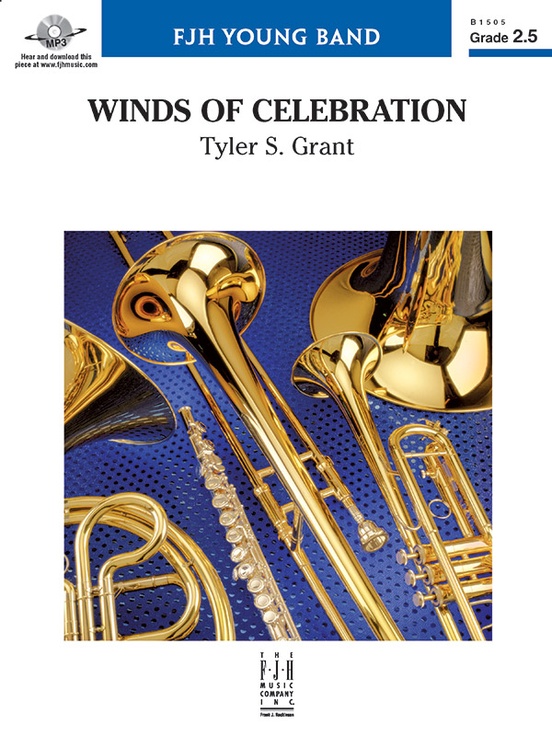 £53.95
£53.95Winds of Celebration - Tyler S. Grant
Opening with a vibrant fanfare, this concert overture immediately moves into a rhythmic and tuneful theme. A calm and reflective middle section features sweeping lyrical lines and interesting material for all sections. The final section brings back the opening material before moving into a joyous and exuberant coda. A great way to introduce students to music written by one of their peers!
Estimated dispatch 3-5 working days
-
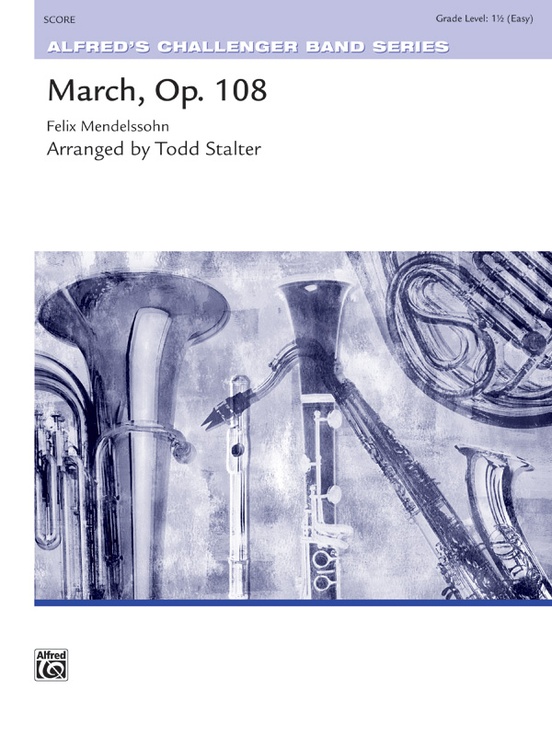 £46.95
£46.95March, Opus 108 - Felix Mendelssohn / arr. Todd Stalter
Mendelssohn wrote his "March," op. 108, in 1841 for a festival celebrating the famous painter Peter Von Cornelius' visit to Dresden. It is a stately and festive sounding work, and a rarely performed gem by one of the world's great composers. Careful observance of articulations and dynamics will make this march spring to life. This title is available in MakeMusic Cloud.
Estimated dispatch 3-5 working days
